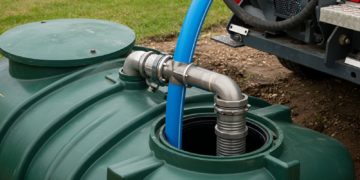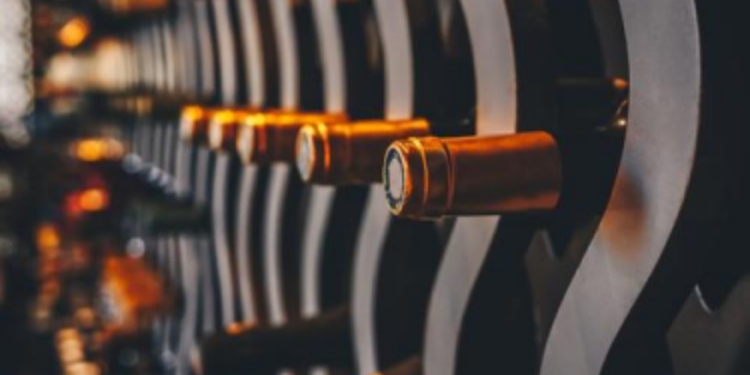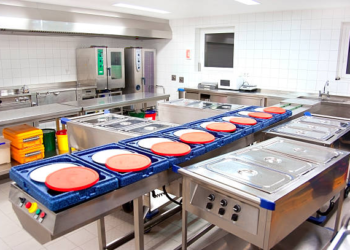Whether you’re just starting to enjoy wine or you’ve got a few favourite bottles you like to keep on hand, having a built-in wine cooler at home can make a big difference. It’s not just about showing off (though it does look pretty good tucked into a kitchen cabinet) — it’s about keeping your wine in decent shape and ready to enjoy when the moment’s right.
Here’s a guide from Wineandbarrels to help you get the most from your built-in cooler.
1. Put it somewhere it can breathe
Built-in wine coolers are designed to fit seamlessly into your cabinetry or kitchen island, which is ideal for maximising space. But try not to wedge it into the tightest spot you can find. These coolers still require some airflow to function properly.
If you’ve an oven or dishwasher nearby, consider steering clear of placing it right next to them — heat sources can disrupt the temperature. A little breathing room and a steady environment go a long way for both your wine and your cooler.
2. Don’t obsess over the numbers, just keep it steady
Every wine has its “ideal” temperature, but unless you’re building a wine museum, you don’t have to chase perfection. Generally, reds prefer a slightly warmer temperature (12–18°C), while whites and rosés are best served a little cooler (7–12°C), and sparkling wine is best served around 6–8°C.
The main thing? Keep the temperature steady. Constant ups and downs can mess with the ageing process and taste. Set it once, give it a bit of time to settle, and you’re good to go.
A great example from our selection of in-built wine coolers is the Pevino Majestic 132 from Wineandbarrels – an understated yet stylish single-zone cooler with capacity for 132 bottles. It includes a UV-protected glass door to shield your wine from light and a smooth push-open system for easy access. Thanks to its quiet operation, it suits both living areas and dedicated cellars. Pevino, a Danish brand, is known for merging functional design with clean Scandinavian aesthetics, making it a favourite across Europe.
3. Humidity isn’t just a fancy detail
It sounds a bit technical, but humidity actually matters. If it’s too dry, corks can shrink and allow air to enter. If it’s too humid, you might end up with soggy labels or even a bit of mould. A range of 50–70% is a solid target to aim for.
Some coolers handle this automatically. If yours doesn’t, no worries — a small dish of water inside can help if things are getting a bit too dry.
4. Know what you’ve got
It’s surprisingly easy to lose track of what’s in your cooler. Suddenly, you’re pulling out a bottle and going, “Wait, when did I buy this?” Organising by type, country, or even just “drink soon” vs. “save for later” can help a ton.
Additionally, keeping your cooler reasonably full helps maintain a consistent temperature and humidity level. It doesn’t need to be bursting, but half full is a good goal — and it gives you an excuse to pick up a few new bottles now and then.
5. Give it a little clean now and then
Like anything with a door and shelves, your wine cooler benefits from the occasional clean. Wipe down the inside every couple of months, especially the corners and around the door seal. Speaking of seals, check those from time to time, too. If they’re cracked or loose, warm air can seep in and cause your cooler to work harder than necessary. The outside doesn’t need much — just a soft cloth and maybe a little soap if it’s looking smudgy.
David Prior
David Prior is the editor of Today News, responsible for the overall editorial strategy. He is an NCTJ-qualified journalist with over 20 years’ experience, and is also editor of the award-winning hyperlocal news title Altrincham Today. His LinkedIn profile is here.














































































